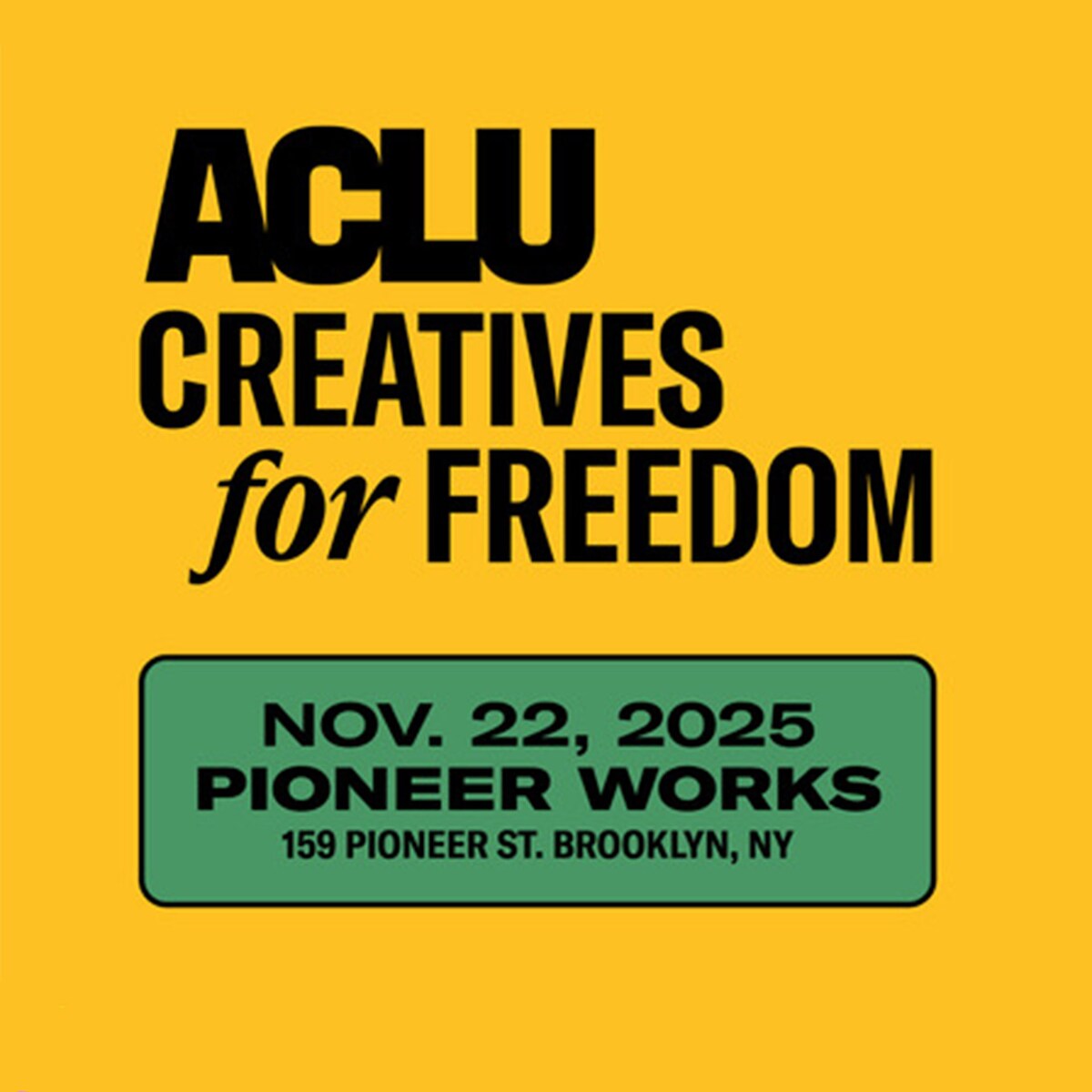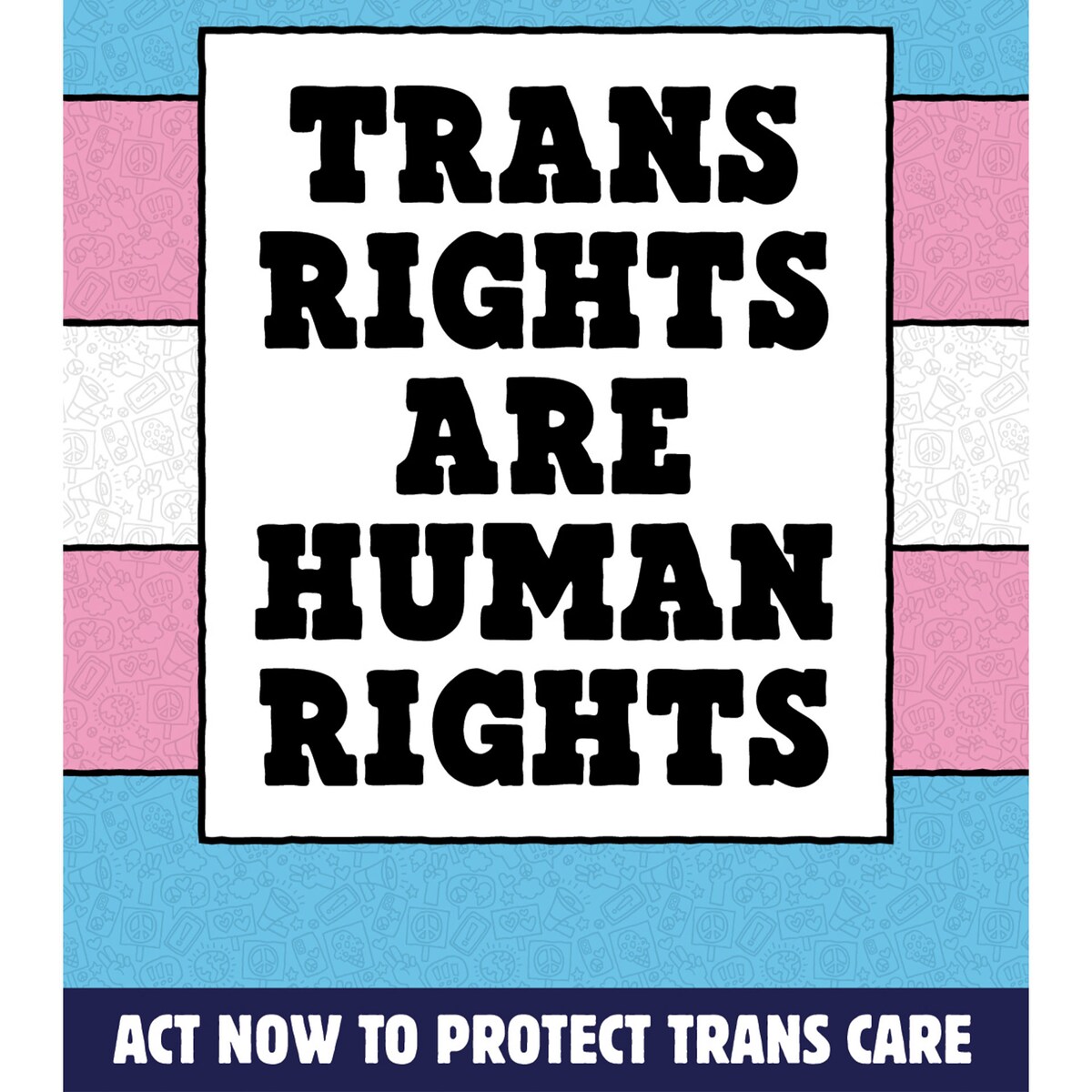August 6, 2015
Over a year ago, the EPA, under President Obama’s direction, announced their Carbon Pollution Standard to regulate emissions from the nation’s biggest single source of carbon pollution. Now, Obama’s “Clean Power Plan,” calling for a 32% reduction in power plant carbon emissions by 2030 from 2005 levels, is being lauded as the strongest action on climate change that any president has taken to date. That doesn’t mean it’s immune to criticism, though, as some say we could be doing even more.

How Does it Work?
Each state will now have until 2018 to submit their plans for meeting the new standards, which will be phased in between 2022 and 2030. Each state will have a range of options to meet the new standards, and all will get a major incentive for investing early in renewable energy— creating 30% more renewable power generation in 2030, according to the White House. As we’ve noted here before, power plants aren’t just a source of carbon pollution— they have immediate health impacts, too. Regulation under the Clean Power Plan has the potential to prevent 3,600 premature deaths, and lead to 90,000 fewer childhood asthma attacks.
How Much Will it Cost?
Of course the coal and natural gas industries are up in arms, and so are their lobbyists. Lawsuits and litigation are expected, while 2016 Republican presidential primary candidates are already criticizing the rules. The arguments from those opposing the Obama plan are, of course, that the rules will cost jobs and hurt the economy. But what, we wonder, are the costs of business as usual?
The health benefits of power plant regulations will prevent 300,000 missed work and school days. Ben & Jerry’s is part of a group of 365 businesses and investors who believe that— besides simply being the right thing to do— the rules will, in fact, yield economic benefit, as well as job creation. Of course, there is no way to know just how much the rules will “cost,” or how much they will “save.” This is the stuff that Harvard economists love to take apart and put back together like a jigsaw puzzle, but most agree that Obama’s plan will certainly not be doomsday for the economy.
The US is Part of a Global Solution, Finally
In the end, this is the way the world is going— whether the US gets on board or not. The Clean Power Plan also puts the US on track to make the Nationally Determined Contributions (NDCs) requested of all the countries taking part in December’s UN Climate Summit (but barely). Globally, this is big news. Obama already signed an accord with China, and now the US has a set of regulations to back those commitments. If both the US and China take that step, hopes are that other developed and developing countries will follow suit. While the next president could effectively block the rules by simply delaying their implementation, as of now we’re on the playing field, finally.
Is it Enough?
Many climate activists have noted that while this program is the strongest push for emissions reductions in US history, it’s still the bare minimum. The US Supreme Court ruled in 2007 that the EPA was legally bound to take steps to reduce carbon emissions if it was clear that they had begun to impact public health, which they now have. In a global context, the Clean Power Plan sets the US on track to reduce emissions just enough to meet our NDC for the Paris Climate Conference: 26-28% compared to 2005 levels. That’s equivalent to 14-17% below 1990 levels. Compare that to the European Union, which has committed to cut emissions 40% below 1990 levels.
While we know we can do better, Obama’s Clean Power Plan is doubtlessly a step in the right direction. You can keep the pressure on global leaders to commit to even stronger climate action by signing the Avaaz petition for 100% renewable energy by 2050.
Recent Articles
Join The Climate Movement
-
With a landmark climate action agreement in place including commitments from 196 countries to fight climate change, now is the time to keep the pressure on and ensure swift action. This climate agreement wouldn’t have happened without millions of people around the world taking action. And we won’t be able to meet the ambitious goals of the Paris Agreement without millions and millions more people taking action in support of a rapid transition to clean energy. Paris was just the beginning, not the end. Let’s get to work towards a greener, cleaner future. Add your voice to the millions demanding action and sign the petition today!


